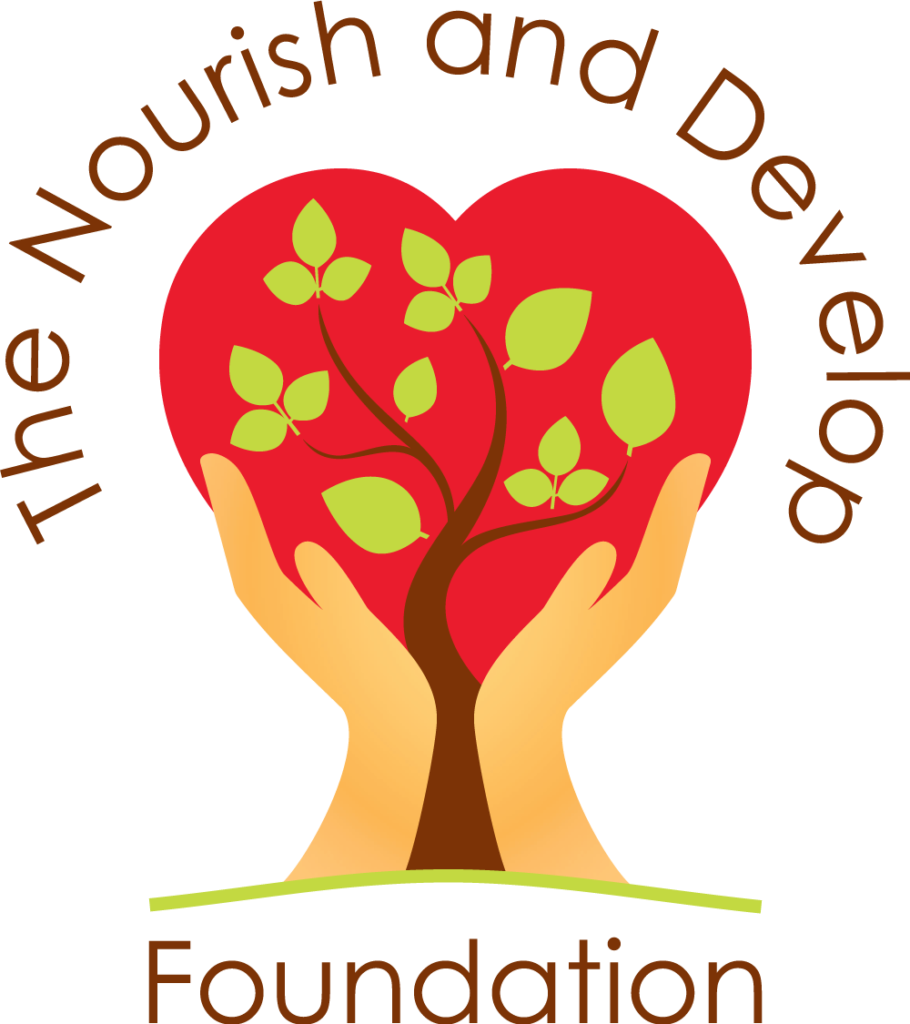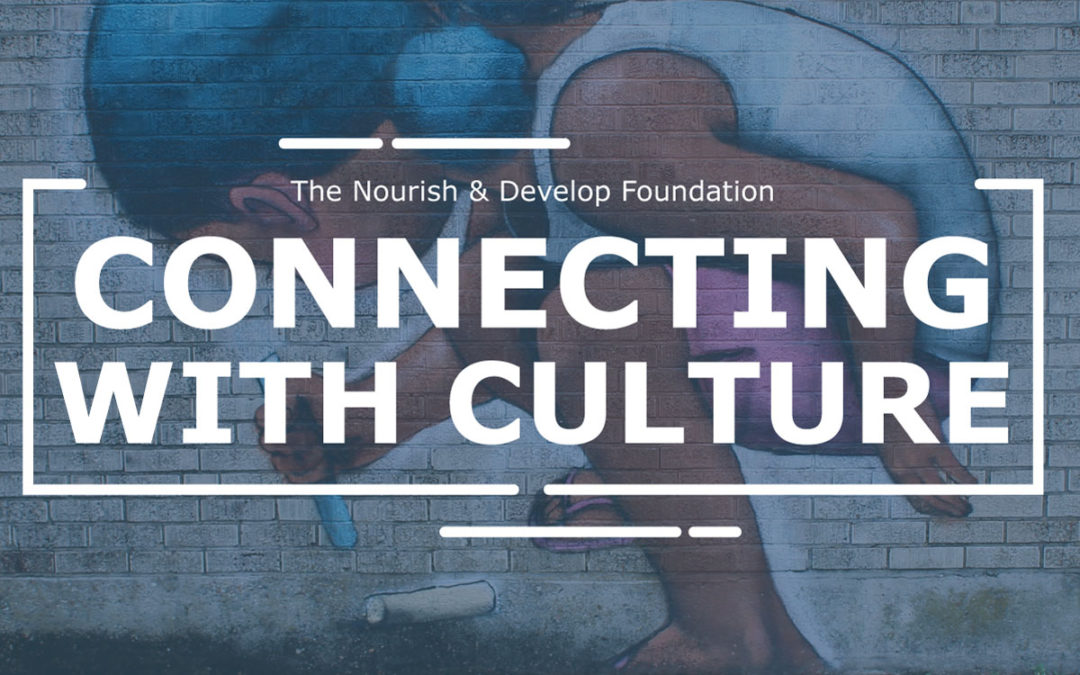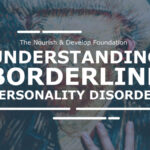cul·ture | the customs, arts, social institutions, and achievements of a particular nation, people, or other social group.
Belonging to a cultural group means to share a set of attitudes, values, goals, and practices with others, perhaps through a religion, ethnicity, or social movement. Culture is linked to our identity, offering insight to how we see ourselves and how we relate to the world. Whether you belong to the 2SLGBTQIA community, are a practicing Christian, or celebrate your French roots, culture is an important part of what makes up who we are. Today we ask you to give some thought to what culture means to you and how to respect diversity.
What impact does culture have on our mental health?
Our cultural background plays a role in the attitudes we have developed towards mental health. This includes how we are taught to cope with adversity, how we speak about difficult feelings and situations, who we confide in, and how we seek support. When aspects of our culture are rejected or underrepresented among our friends, family, school, sports/clubs, or work, it can have negative impacts on our wellbeing, as it can feel like our identities (what we know our identity to be and what the dominant culture is) are in conflict with one another. It is important to remember that humans have layers to their personalities, interests, and strengths. It is not uncommon to identify with dated contradicting stereotypes.
A popular trope in coming-of-age stories is the conflict between what parents want for their children and what children want for themselves.
For example, in High School Musical (2006) we see Troy Bolton trying to incorporate theatre culture with athletic culture. This creates conflict when his identity as a basketball player is supported by his father, his friends, and his teammates, but his identity as an actor is rejected.
Exploring elements of culture
There are many areas of culture, providing outlets for us to express ourselves, including but not limited to:
Art holds power and meaning. It can be used to educate, influence, and entertain. Art can be cathartic, as it a release for emotions through mediums like writing, dance, and music. Artistic expression is unique to every culture, and is uniquely beautiful. For example, Inuit throat singing.
Demonstrating cultural sensitivity
Just imagine how boring life would be if we were all the same! Unfortunately, our systems are not equal among all cultural groups. We know that poverty, homelessness, and underemployment are structural risk factors in developing mental illness which are disproportionately experienced by minority groups. Therefore, accepting and working with cultures outside of our own is beneficial for broader society when there is space and opportunity for everyone to contribute. One culture is not superior to another!
- Communication
- Trust
- Understanding
- Relationships
- Empathyd
Cultural competency resources:
There are many resources available to educate yourself about cross-cultural sensitivity, including for specific populations like Indigenous peoples.
If you are stuck, you can reach out to local organizations like PFLAG Durham for direct resources or to be pointed in the right direction. Below, we have compiled some information to help get you started.
Resources:
Arts and Culture in Brock Township
Arts and Culture in Durham Region
Community Groups and Clubs in Brock Township
Community Resources in Durham Region
Sources:
Image source: https://www.buzzfeed.com/lyapalater/the-most-emo-and-punk-moments-from-the-high-school?utm_term=.ot11OMQZj#.gsK1AvzMR



